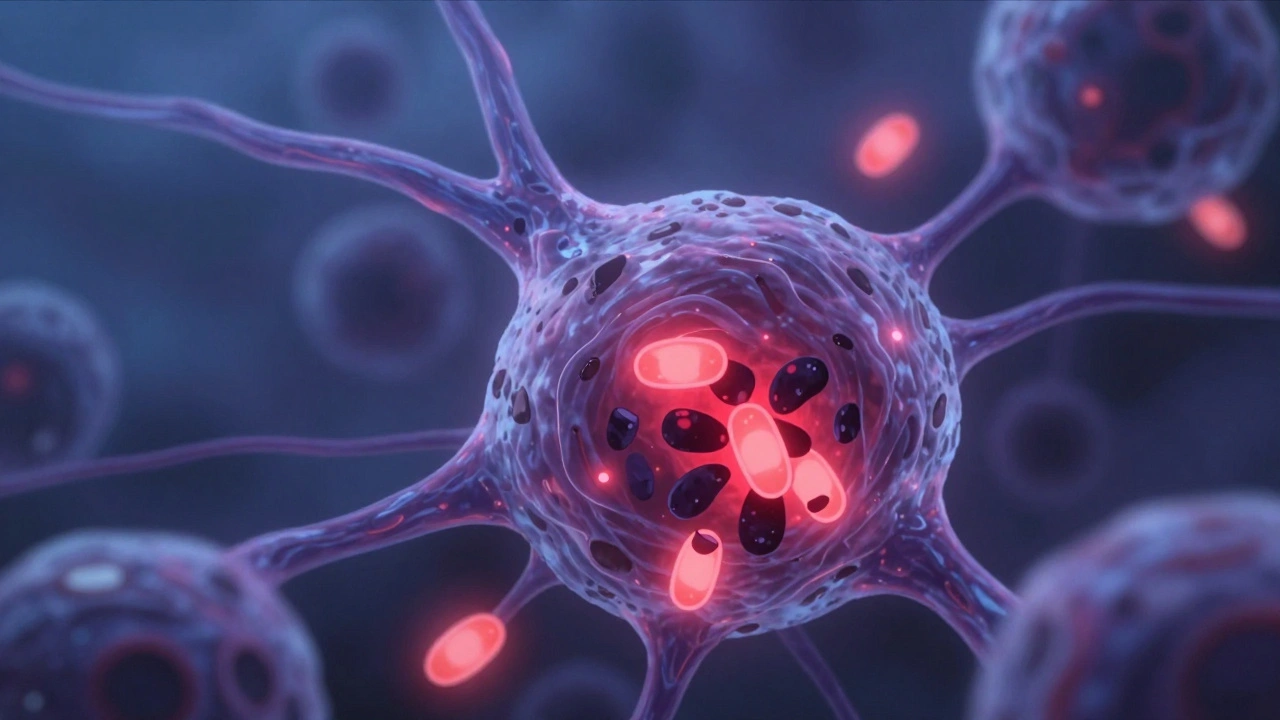Statins Explained: How They Lower Cholesterol and What to Watch For
If your doctor mentioned a statin, you probably wonder what it does and if it’s worth taking. In plain terms, statins are medicines that help lower the “bad” LDL cholesterol in your blood. High LDL can clog arteries, raise heart‑attack risk, and lead to strokes. By keeping those numbers down, statins act like a guard on your vessel walls.
Most people start a statin after a routine check shows high cholesterol or when they have conditions like diabetes or a family history of heart disease. The goal isn’t just to hit a lab number; it’s to keep you from facing serious heart problems later in life. That’s why doctors often prescribe them as part of a broader plan that includes diet, exercise, and weight control.
How Statins Work
The science behind statins is surprisingly simple. They block an enzyme called HMG‑CoA reductase, which your liver needs to make cholesterol. When the enzyme is blocked, the liver produces less cholesterol and pulls more LDL out of the bloodstream. The result is lower total cholesterol, reduced LDL, and a modest rise in “good” HDL.
There are several statins on the market—atorvastatin (Lipitor), simvastatin (Zocor), rosuvastatin (Crestor) and others. Some are stronger than others, so doctors pick one based on how high your numbers are and how well you tolerate the drug. Most people take a pill once daily, usually at night because the body makes most cholesterol while you sleep.
Safety, Side Effects & Practical Tips
Statins are safe for millions, but they aren’t completely risk‑free. The most common complaints are muscle aches, especially in the thighs or calves. If the pain is mild, a short break or switching to another statin often helps. Rarely, people develop more serious muscle damage called rhabdomyolysis—watch for dark urine or extreme weakness and call your doctor right away.
Another concern is a slight increase in blood sugar, which can matter if you already have diabetes. Regular check‑ups let your doctor catch any changes early. Also, statins interact with certain antibiotics, antifungals, and grapefruit juice, so always tell your pharmacist about other meds or supplements you take.
Here are a few easy steps to make statin use smoother: take the pill at the same time each day, keep a simple log of any new aches, stay hydrated, and pair the medication with a heart‑healthy diet rich in oats, nuts, and fish. If side effects bother you, don’t stop on your own—talk to your doctor about dose adjustments or alternative drugs.
Bottom line: statins are a proven tool for lowering LDL and protecting heart health when used correctly. Combine them with lifestyle changes, stay alert to any unusual symptoms, and keep the conversation open with your healthcare team. That way you get the most benefit while keeping risks low.
Hypothyroidism and Statins: How Untreated Thyroid Disease Increases Myopathy Risk
Zocor: The Truth About Simvastatin for Cholesterol Management
- Health
- 10



